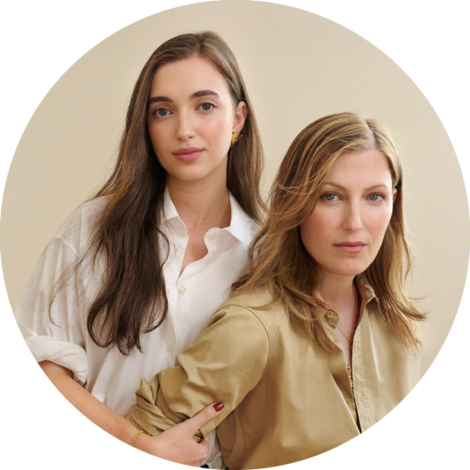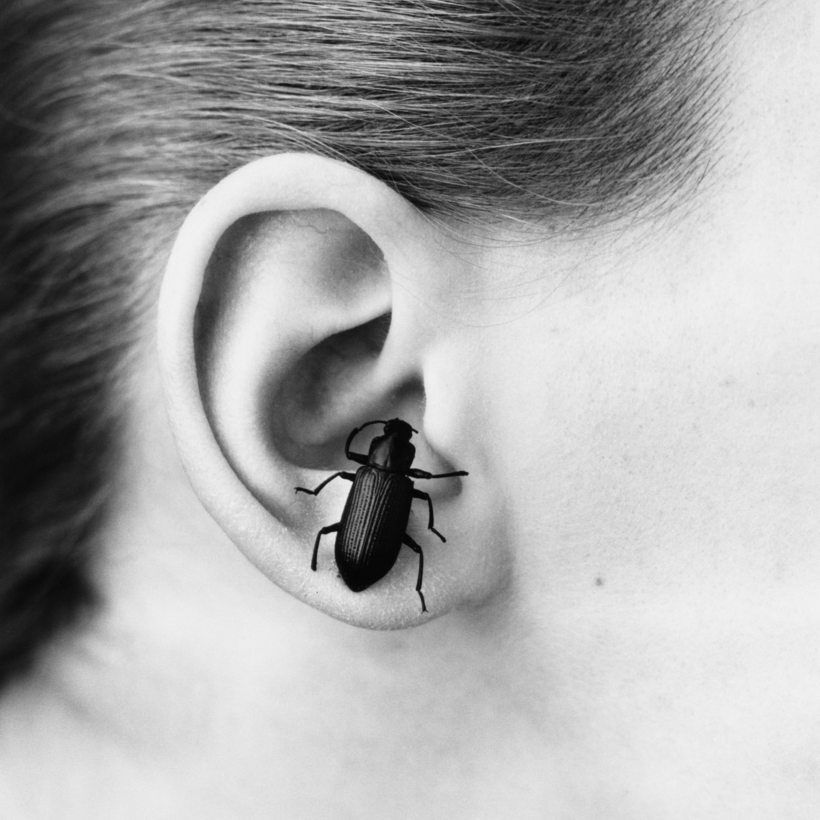If eyes are the windows to the soul, what are ears? Most of us treat them like a bathroom window that gets left open come rain or shine.
As digital and nomadic working habits, and podcast culture, make earphones a near-constant accessory — far beyond the recommended hour of daily use — The British Medical Journal estimates that more than a billion millennials and Gen Zers are at risk of hearing loss, with the World Health Organization having produced safe listening guidelines for people.
That’s why ears — not just the quality of sound they take in, but how this affects our mood, brain activity and sensory processes — appear set to be the latest frontier of wellness in 2024, not to mention the next area of focus for those in the market for esoteric gizmos.
It was Gywneth Paltrow holding a tiny Apple Martin at a Coldplay gig in 2005 who first made the public case for ear defenders. For parents, it was these — rather than Alexa Chung’s tiny denim shorts — that were the festival season must-haves. Since then, sensory headphones have become commonplace on the school run and in class concerts, where some pupils may wear them to help maintain equilibrium.

For grown-ups, however, aural health has been a neglected area. Time was, you could always spot a music nerd, DJ or industry type in clubs or at festivals because while the rest of us may have slipped protection of a rather different sort into our pockets, they had theirs right where you could see it: in their lugholes.
To the callow, non-ringing ears of this no-longer-twentysomething, it always seemed a little affected — even, whisper it, lame. At an ultra-loud My Bloody Valentine gig I went to in 2008, they even handed out earplugs on the door and I still didn’t wear them, fool that I was. In the dog days of indie sleaze — a music scene peopled by rather messy and self-destructive characters — tinnitus was a badge of honor to pin on the lapel of your Libertines army jacket.
These days, we are rather more enlightened. To a self-care-aware audience, hearing is no longer something you begin to feel nostalgic for en route to the nursing home. Top audiologists now suggest that anyone under the age of 50 should take a baseline hearing test (there are several free online versions) and monitor carefully — annually, even — for changes.
The British Medical Journal estimates that more than a billion millennials and Gen Zers are at risk of hearing loss.
The message is filtering through: on nights out in clubs now or even just in rowdy bars, you’re as likely to spot people of all ages popping a couple of high-fidelity earplugs in as you are anything more illicit.
DJ friends swear by ACS’s custom-molded decibel reducers — those who shoot grouse may already be familiar with them, in fact.
Regular ravers often wear Blox’s triple honeycomb silicone versions and clip the cunning cylindrical carrying case to their bum bags.
Eargasm Earplugs score highly on both the pun front and for their blingy gold packaging, and sit toward the top of the price range at $70.
In clubs now or even just in rowdy bars, you’re as likely to spot people of all ages popping a couple of high-fidelity earplugs in as you are anything more illicit.
But if out in the wild recently you’ve spotted little bejeweled Polo mints nestling in ears, you’ve clocked your first Loops. This techy start-up is based in ultra-hip Antwerp and looks set to become a sort of Uber of earplugs — they’ve sold two million of them since 2016. So swiftly has Loop staked a claim on the market with its chic and minimal-looking designs, there are already jewellers designing matching ear cuffs to hang off them.

I popped in a pair to see Madonna last month, and — all too aware it will seem as stupid as smoking, say, or boxing in the not-too-distant future — I’m ashamed to admit it was my first gig with any ear protection at all. I’m also slightly embarrassed to add that the fact the gold Experience model ($38) matched my Maria Tash piercings helped sway my decision.
What was the difference? Things weren’t, as I’d worried, any quieter or muffled but instead seemed clarified somehow, and given a bit of distance. With the hubbub of the crowd and the jangling of where the sound met the acoustics of the venue stripped out, I felt as though the music took on a new prominence. My only issue was how loudly I could hear my own singing voice — something it may be well worth losing some hearing to avoid. But I am told by experienced plugheads that I will get over this, and that it is less of an issue when clubbing rather than seeing your most cherished pop idol live.
From there, I upgraded to the Switch model in a rather less frivolous black to go to see Abba Voyage. These come with three different settings — Engage, Experience and Quiet — so I shoved them in on the first, designed for noisy social settings, as soon as I realized the bar of the pop-up venue was a bit of a din-fest. When the show started, I nudged them up a gear and settled in for yet another comfortably filtered night out — while ruing the fact that I once again knew the words to every song.
Would I go back to my old bad habits? I don’t think so. Waking up with considerably less ringing in my ears than I had come to assume was normal has been something of a warning, and I am resolved to take better care of my hearing in 2024. This is the sort of luxury that is impossible to buy back once it’s gone.
Harriet Walker is the fashion editor at The Times of London





